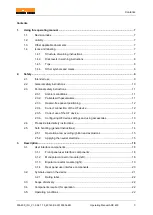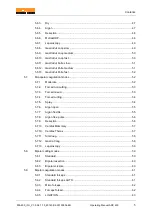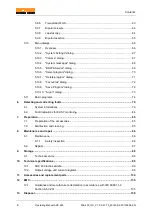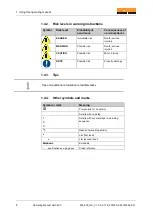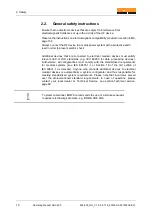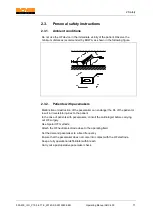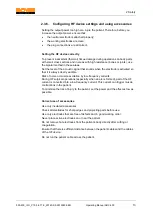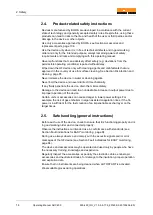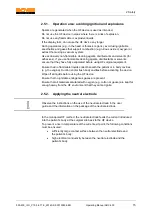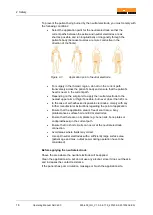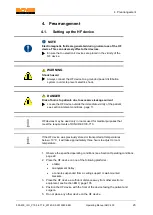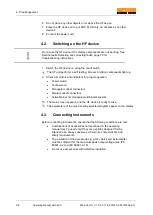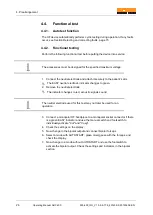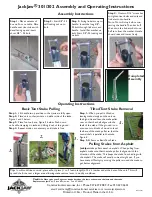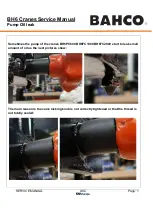
2 Safety
12
Operating Manual ARC 400
900-400_IFU_V1.0.0.6.17.9_20140-S2-20130604-EN
2.3.3. Hazard-free patient positioning
Position patients so that they are not touching any metal parts that are grounded or
have considerable capacitance relative to ground (e.g. operating table brackets). If
necessary, place anti-static cloths between the patient and the bedding.
Ensure that the patient does not touch any wet clothes or bedding.
Place anti-static cloths between areas with heavy sweating and skin-to-skin
contact areas on the patient’s torso.
Ensure that the patient is resting on a suitable surface in order to prevent pressure
necrosis.
Drain urine via a catheter.
2.3.4. Correct connection of the HF device
Always ground the HF device to the equipotential rail.
Also observe the requirements in Section 8.6.7 of IEC 60601-1 regarding medical
electrical systems.
Do not use needle electrodes for monitoring.
Attach electrodes of physiological monitoring devices without protective resistors
or HF chokes as far away from the HF electrodes as possible.
Place lines from monitoring devices so that they do not lie on the patient’s skin.
Keep the leads to the HF electrodes as short as possible and position them so that
they do not touch the patient or other leads.
Do not place any objects on the HF device.
2.3.5. Correct use of the HF device
Inadvertent activation of the HF device outside the user’s field of vision can injure
the patient.
Activate the HF device only when the electrode is in your field of vision and you
can quickly deactivate the HF device at all times.
If the HF device is activated inadvertently, switch it off immediately using the on/off
switch.
Take particular care when using a foot switch or manual switch.
Improper preparation, user errors or faults in the HF device can cause damage to
the HF device.
Use the automatic monitoring functions to ensure that the HF device is working
properly. See Section Functional testing, page 26 for information on the auto test
functions.
Ensure that no conductive fluids (e.g. blood or amniotic fluid) have penetrated the
foot switch or the manual switch.
Ensure that the cables for the foot switch and the manual switch are free from
short circuits and broken leads.



